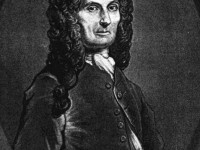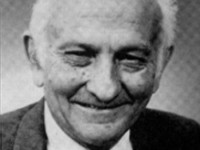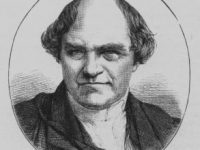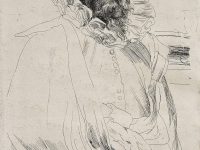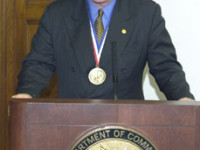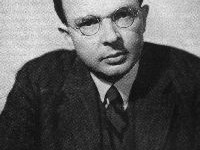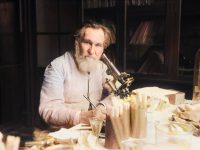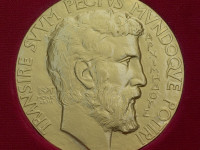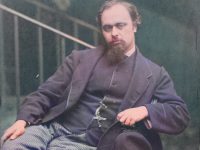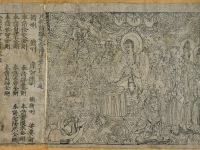Abraham de Moivre and the Doctrine of Chances
On May 26, 1667, French mathematician Abraham de Moivre was born. De Moivre is best known for de Moivre‘s formula, one of those that link complex numbers and trigonometry, and for his work on the normal distribution and probability theory. He was a friend of Isaac Newton, Edmond Halley, and James Stirling. De Moivre wrote a book on probability theory, The Doctrine of Chances, said to have been prized by gamblers. He…
Read more

